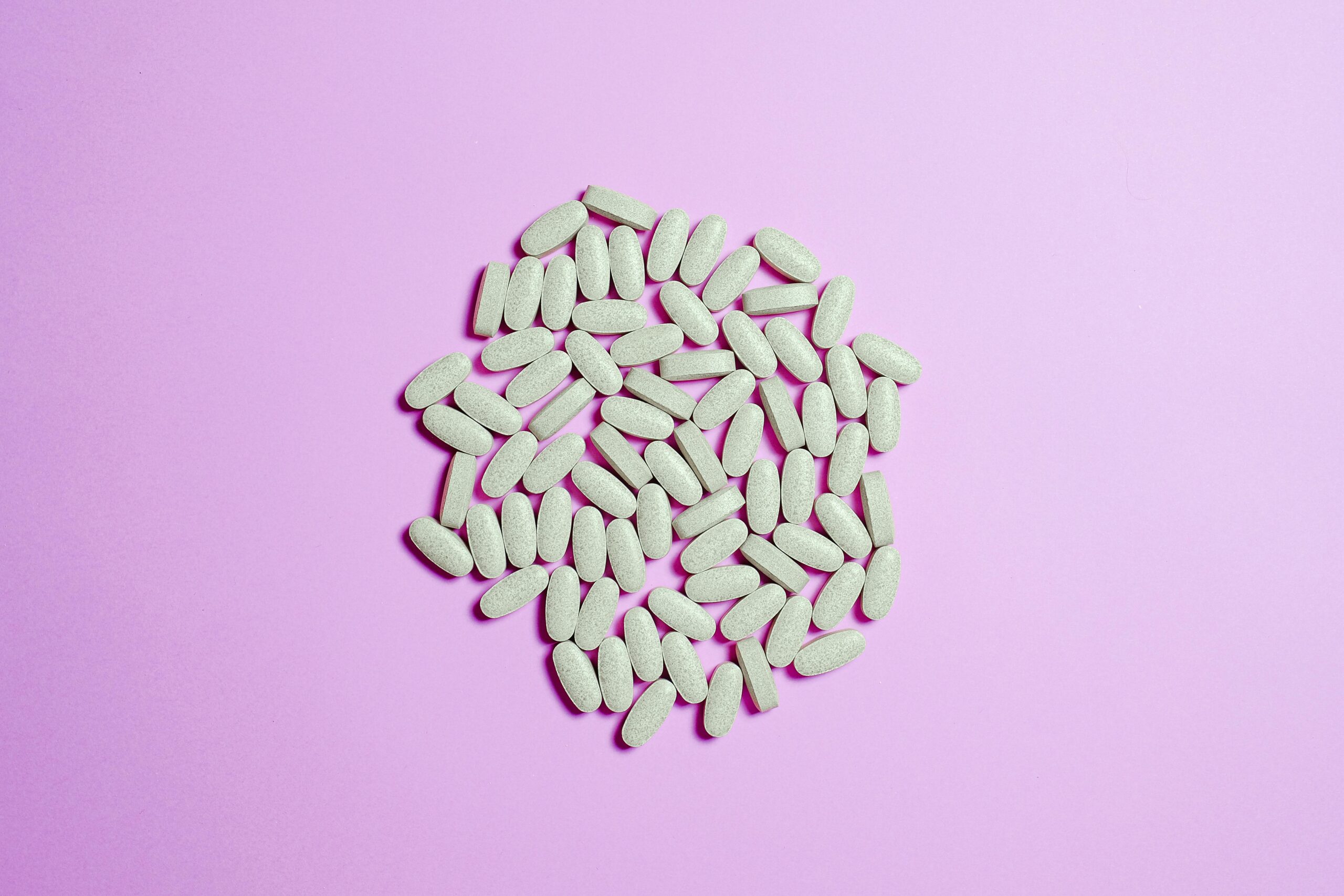What Is Paracetamol Poisoning?
Paracetamol poisoning happens when someone takes too much paracetamol, either by accident or on purpose. For adults, this means more than 7.5 grams or 150 mg per kilogram of body weight. For children under six years, the toxic dose is higher—about 200 mg per kilogram.
You can ask your own question to a licensed healthcare provider here for free. It may take up to 7 days to get an answer. If you want a consultation in minutes, book now with Hope+ our premium and best health consultation service in Uganda.
Symptoms to Watch for After Taking Too Much Paracetamol
- In the first 24 hours, many people may not have symptoms or only feel tired, sick, or have stomach pain.
- In mild cases, these symptoms go away and the person recovers.
- Between 24 and 72 hours, signs of liver damage may appear, such as pain in the upper right belly area, a tender and swollen liver, and abnormal blood tests.
- After 3 to 4 days, symptoms peak. Most people recover within a week, but some may develop severe liver failure or kidney problems, which can be life-threatening.
How Do Doctors Check for Paracetamol Poisoning?
- They will monitor liver and kidney function through blood tests.
- They may also check blood clotting and test for pregnancy if relevant.
What Is the Treatment?
- Activated charcoal may be given several times to reduce the amount of medicine absorbed.
- If the person arrives within 2 hours of taking the overdose, the stomach may be emptied with a procedure called gastric lavage.
- A special medicine called acetylcysteine is given through a drip, ideally within 8 hours of the overdose. Even if it’s later, it should still be given.
- The acetylcysteine treatment is given in several doses over about 20 hours to protect the liver.
Important Notes About Treatment
- Acetylcysteine can sometimes cause reactions like itching or rash. If this happens and the patient is stable, the drip is slowed down. If breathing problems occur, the treatment is stopped.


